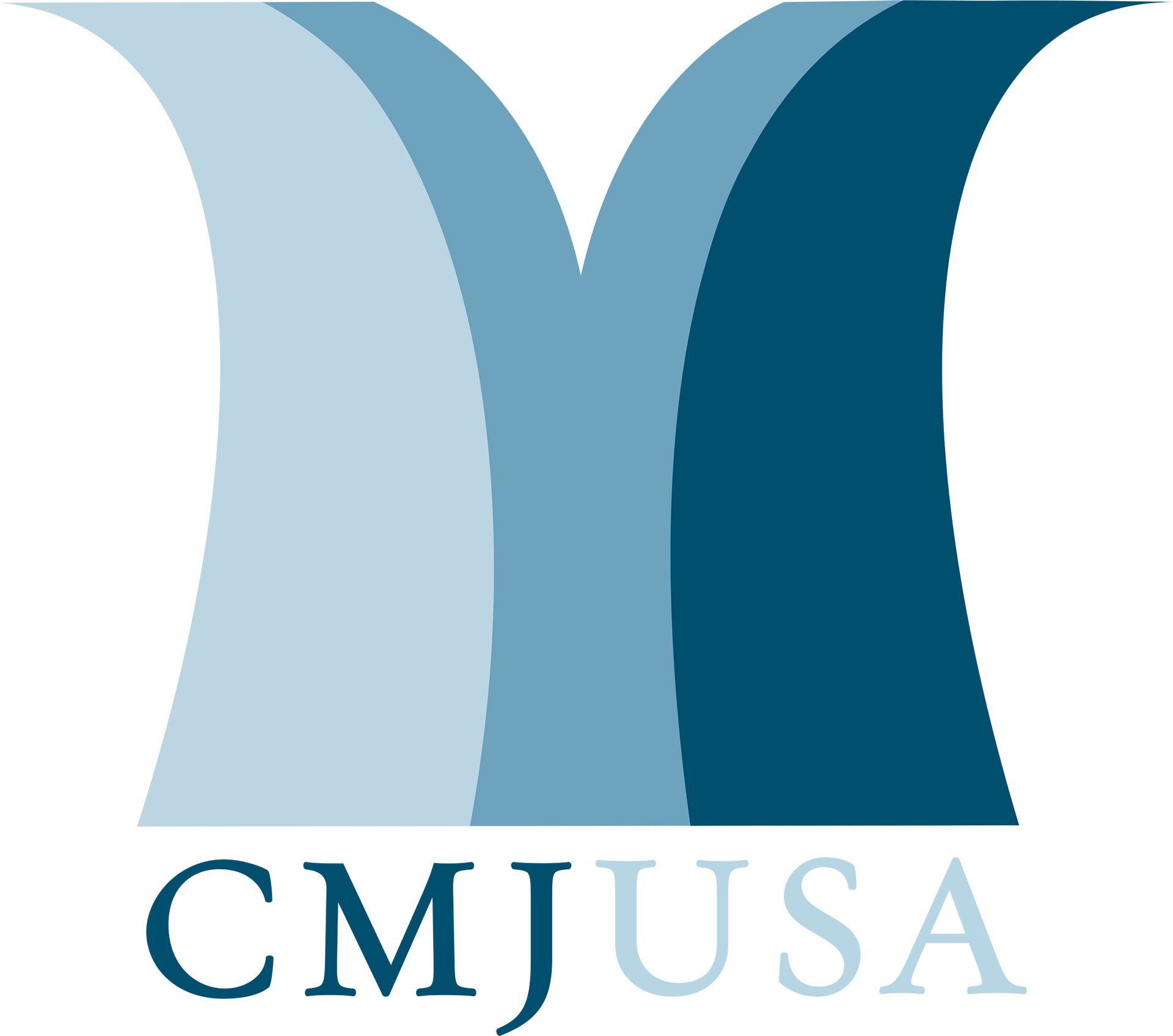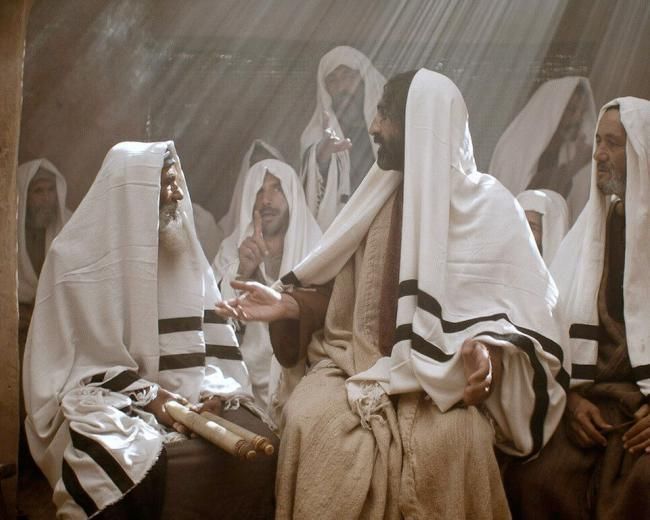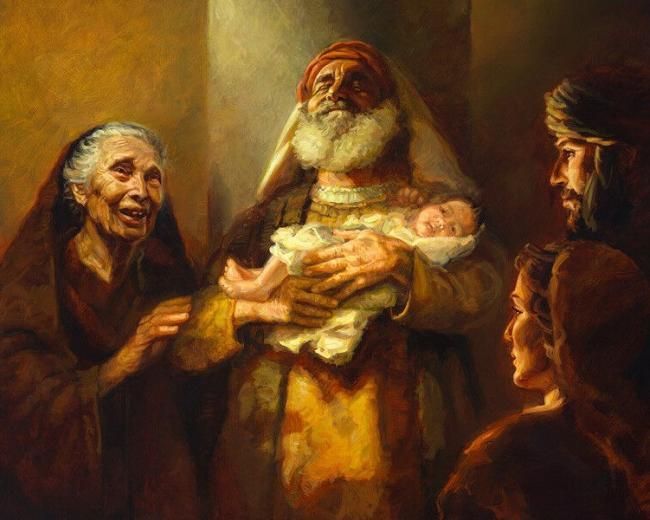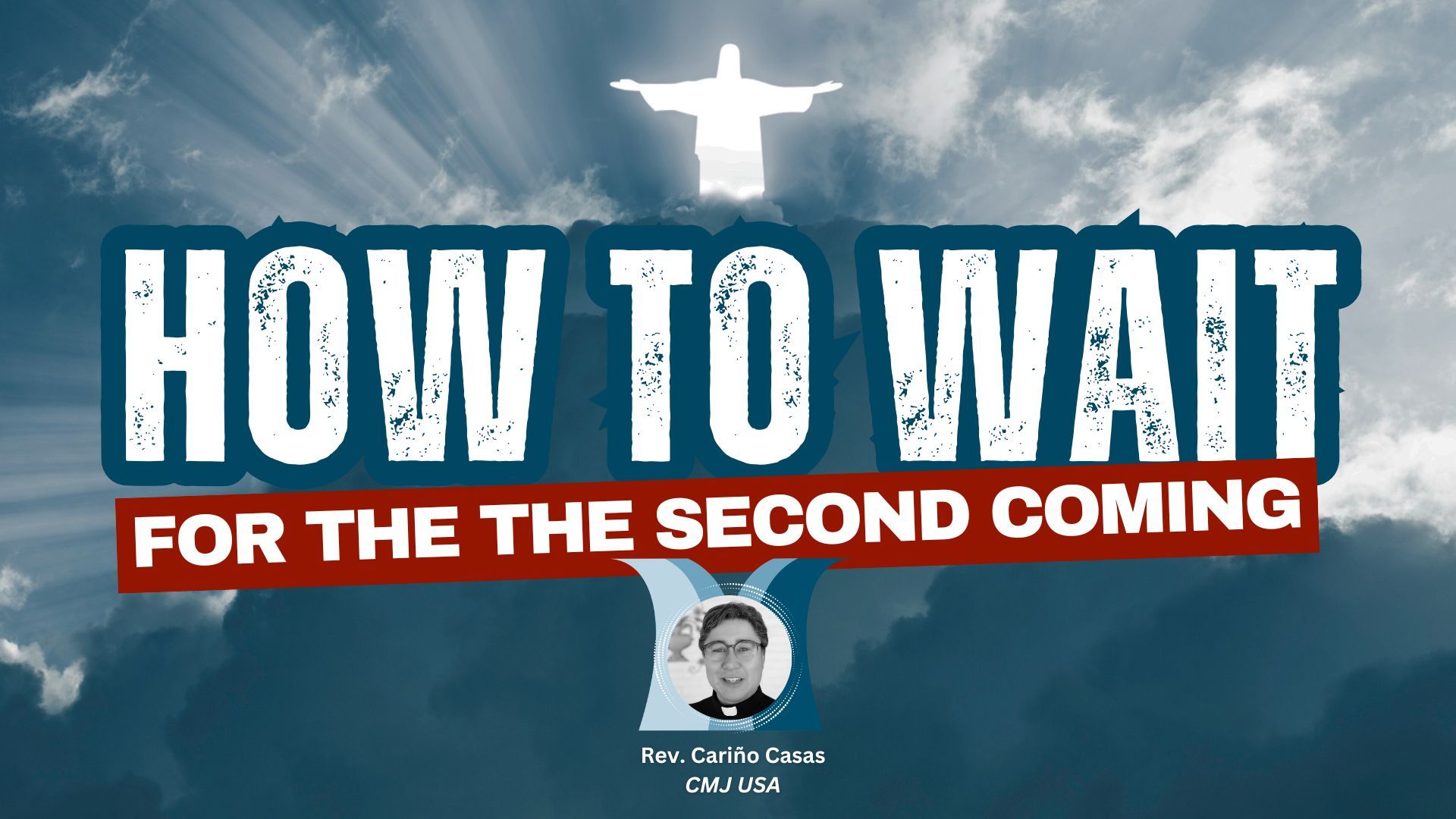No, Luke goes to verse 39 because he recorded that Mary and Joseph “performed everything according to the Law of the Lord.” Notice Luke says “the Law of the Lord.” He says it a few times. Shortly, we will see Luke call it the Law of Moses, but Luke affirms that this is the Law of the Lord. When we read the Hebrew books of the Bible, what Christians call the Old Testament, especially the Books of Moses, the Pentateuch, the Torah, we need to take seriously that it is the word of God as much as the Psalms, as much as Isaiah, as much as the Gospels and the New Testament Epistles.
Image by the Lumo Project via FreeBibleImages.org.
No, Luke goes to verse 39 because he recorded that Mary and Joseph “performed everything according to the Law of the Lord.” Notice Luke says “the Law of the Lord.” He says it a few times. Shortly, we will see Luke call it the Law of Moses, but Luke affirms that this is the Law of the Lord. When we read the Hebrew books of the Bible, what Christians call the Old Testament, especially the Books of Moses, the Pentateuch, the Torah, we need to take seriously that it is the word of God as much as the Psalms, as much as Isaiah, as much as the Gospels and the New Testament Epistles.
Image by the Lumo Project via FreeBibleImages.org.







